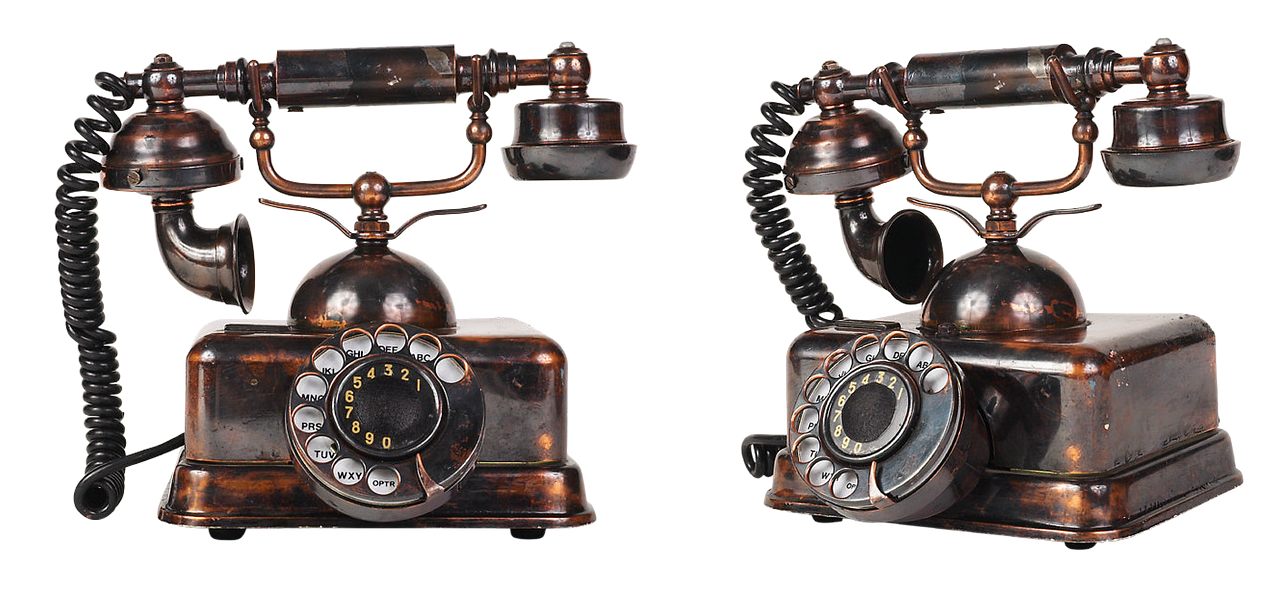A few years ago, I fell in love with the MacBook Pro. From the amazing display to the incredible battery life and everything in between, the MacBook Pro is an amazing machine. Unfortunately, Apple started killing that when they removed support for standard USB and I decided not to upgrade. Now, Apple has placed the final nail in the coffin for professional users with Catalina.
Apple has grown accustomed to telling their customers what they want and providing few options. Whether it’s the iPhone, the iPad, or their computer products, you typically don’t have many choices. This has always been a complaint lodged against Apple by PC users. But during the last year, this has killed the effectiveness of the MacBook Pro for business users. With Catalina, Apple has removed support for 32-bit software applications. Unfortunately, as a business user, I don’t have the luxury of upgrading my system if it’s going to kill applications I need for my business. In the business world, legacy code and applications may exist for a decade or more. So, I need to support those systems until they are end-of-life. This means insuring that I having support for 32-bit applications well into the future.
So, as of Catalina, I am no longer an Apple fan. I will keep my current MacBook Pro until it is no longer usable, but my next machine will be a Windows laptop. I can pick what ports I want, and find the corresponding laptop. I can decide what OS I want and what software. I don’t need Apple to tell me what I want – I’m a business user and I know my tech needs far better than they do.


